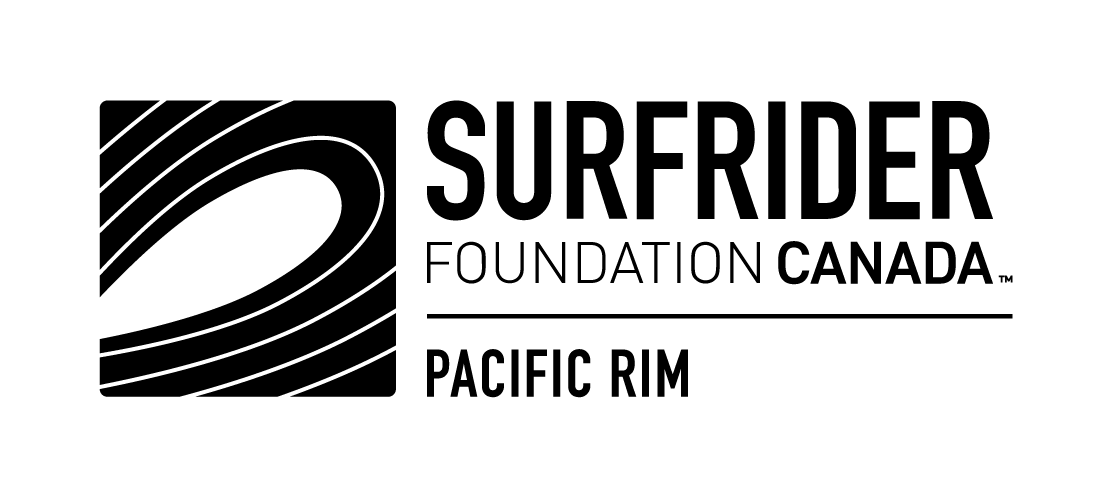Glass Recycling on the Pacific Rim
Tofino Time Article by Katrina Forrest
Recycling rates across BC have skyrocketed since we have moved to work-at-home, with increases in every category, glass and metal are the stars, jumping 10% and 12% respectively. As plastic pollution continues to be of great concern to many Canadians, our communities continue to move away from and turn down plastic options while glass packaging (jars and bottles) are making a comeback as people look for plastic alternatives.
The global problem is that glass cannot be infinitely recycled and is made from sand which is becoming finite. Now, you may wonder how sand could be finite when there are deserts all over the world jam packed with it? Think, for example, of the Sahara Desert, which spans 9.2 million kilometers and has dunes 180 meters tall. How is this finite?
Well, the sand found in deserts, such as the Sahara, is rounded by time and erosion. All that shifting and blowing about has worn it smooth and therefore unworkable for almost all production purposes. In order to make glass (or cement) sand must be jagged. This kind of sand, silica sand, is found in riverbeds, lakes, and along shorelines.
Second only to water, sand and aggregate which is mined with sand, is the most consumed substance on Earth, with an equivalent of 20kg per person used per day. Sand is naturally replenished, with rivers and glaciers weathering about 12.6 billion tonnes of sand from mountains and rock annually. However, with a global annual consumption of about 53 billion tonnes, nature cannot keep up to our demand and entire ecosystems, and even whole islands are being mined out of existence.
The local problem, and part of the equation we can easily address here on the Pacific Rim, is that glass cannot be added to curb-side recycling bins for safety and contamination reasons. When tossed into recycling trucks, and further when the trucks dump their load at the depot, glass is broken and slivers become mixed in and embedded in other items. These items are then hand sorted which results in a lot of injuries. Though curbside collectors are meant to leave contrabanned materials at the roadside, the pressure to service the whole area in a limited time makes doing so challenging if the glass is mingled in with other items. Beyond the safety hazard to workers, whole loads of goods become contaminated with glass shards which leads to the load heading to the landfill instead of being recycled.
Most glass recyclers mandate glass be sorted by colour, which is difficult to do, and more so when the glass is broken. This is why it is important to keep glass separate and bring it into a depot. Keep in mind glassware, glass objects, window/picture glass, and mirrors cannot be placed with recyclable glass because of differing chemical properties, resulting in different melting temperatures than the recyclable bottles and containers. Broken glass items of this nature, along with all other broken glass, go into the trash stream.
With more time at home, Recycle BC recovery rates have increased significantly. For example, the 2019 glass recovery rate was 87%, compared to the 2020 rate of 97%. This increase is expected to continue into 2021 but is also considered anomalous due to work-from-home conditions and will most likely dip back down once people have returned to working away from home. Even at a 97% recovery rate, that equals over 600 tonnes of glass sent to landfill annually, in BC alone.
When you have collected a bin of recyclable glass it can be dropped at Sonbird Refuse & Recycling along with any polystyrene foam, as well as plastic bags and overwrap, or other depot items you may have. (Ucluelet: 333 Forbes Road, open Tuesday, Thursday 10-4, and Saturday 10-2; Tofino: 640 Warren Way, open Monday, Wednesday, Friday from 10-4, and Saturday 10-2). The majority of collected glass remains in BC, some of which is shipped to Abbotsford to be processed into new bottles, the rest to Quesnel to be made into sandblast materials.
If you have any questions about what can go in your curbside pickup, go to the depot, or be sent to the landfill, be sure to check on the ACRD’s Sort n’ Go app.
